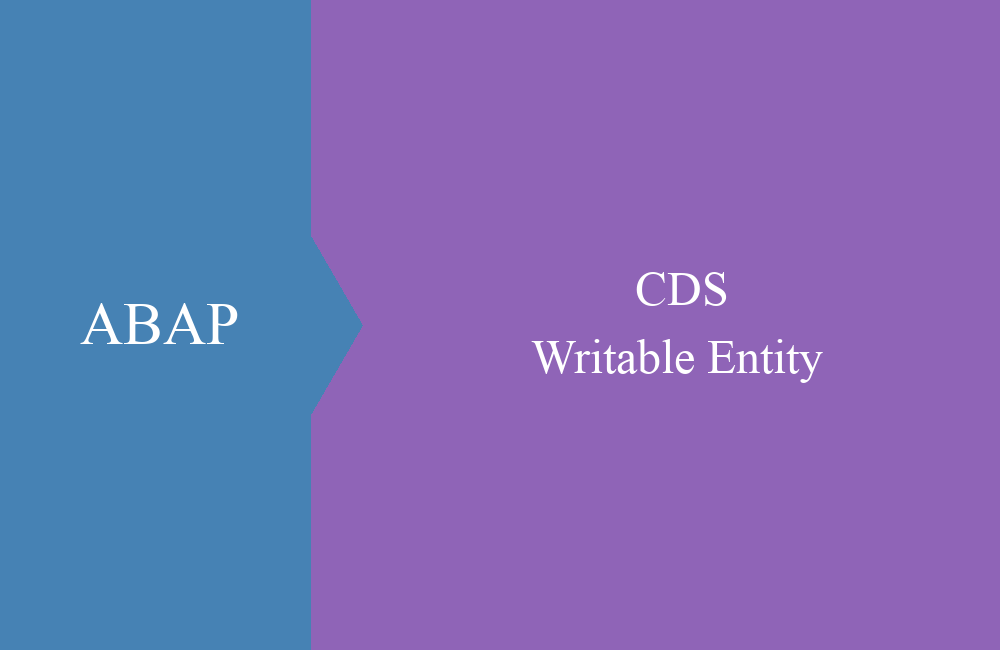
CDS - Aggregation
How can Core Data Services deliver the most value? The views shine especially with aggregations and code pushdown.
Table of contents
Article update: Since release 7.57 (S/4 HANA 2022), DEFINE VIEW is marked as obsolete, you should use DEFINE VIEW ENTITY instead. These may differ from the examples in some places. You can find more information about the new views in this article.
In this article, we take a closer look at aggregation, the true superpower of Core Data Services. Furthermore, we go into the linking of such views with other data and what effects it can have on performance.
Sum
Read the sum per partner and material from the database on-demand? What used to require a lot of performance or auxiliary tables can be done in milliseconds with a HANA database. Here is an example view that calculates a total for us and uses the association directly:
@AbapCatalog.sqlViewName: 'ZBSCDMOPAMATSUM'
@EndUserText.label: 'Sum for Partner and Material'
define view ZBS_C_DmoPartnerMaterialSum
as select from ZBS_I_DmoPosition
{
key _Invoice.PartnerNumber,
key MaterialNumber,
@Semantics.currencyCode: true
PositionCurrency,
sum ( PositionPrice ) as PriceForPartnerMaterial
}
group by
_Invoice.PartnerNumber,
MaterialNumber,
PositionCurrency
We have redefined the key fields in the view and form our new key. We also use an association to get the partner number in the header of the document. Since we are forming the sum, we have to define a grouping afterwards. In the next step we also define a view to determine the sum per partner:
@AbapCatalog.sqlViewName: 'ZBSCDMOPARSUM'
@EndUserText.label: 'Sum for Partner'
define view ZBS_C_DmoPartnerSum
as select from ZBS_I_DmoPosition
{
key _Invoice.PartnerNumber,
@Semantics.currencyCode: true
PositionCurrency,
sum ( PositionPrice ) as PriceForPartnerMaterial
}
group by
_Invoice.PartnerNumber,
PositionCurrency
Basically, only the material field is missing and the grouping has been adjusted. You can then look at the result in the data preview and only get one line for each existing partner:
Calculated fields
Filtering via a calculated field is not possible in the view in which the field is created/calculated. To do this, a further view must be implemented, where the restriction can then be carried out. For the example from the last section, we have mapped another view for a count:
@AbapCatalog.sqlViewName: 'ZBSCDMOPAMATCNT'
@EndUserText.label: 'Count for Partner and Material'
define view ZBS_C_DmoPartnerMaterialCount
as select from ZBS_I_DmoPosition
{
key _Invoice.PartnerNumber,
key MaterialNumber,
count( * ) as NumberOfDocuments
}
group by
_Invoice.PartnerNumber,
MaterialNumber
We are now merging these two views into a new statistical CDS, in which we receive information per partner and material. In this case, however, we are only interested in data records with more than 10 documents and less than 100000 total.
@AbapCatalog.sqlViewName: 'ZBSCDMOSTATPARMA'
@EndUserText.label: 'Statistic for high performer'
define view ZBS_C_DmoStatisticParMat
as select from ZBS_C_DmoPartnerMaterialSum as Combine
inner join ZBS_C_DmoPartnerMaterialCount as Numbers on Combine.PartnerNumber = Numbers.PartnerNumber
and Combine.MaterialNumber = Numbers.MaterialNumber
{
key Combine.PartnerNumber,
key Combine.MaterialNumber,
Combine.PositionCurrency,
Combine.PriceForPartnerMaterial,
Numbers.NumberOfDocuments
}
where
Numbers.NumberOfDocuments >= 10
and Combine.PriceForPartnerMaterial <= 100000
The complexity of the CDS View increases with each additional layer, but you should also keep an eye on the performance, especially when it gets even more complex.
Functions
You can use the following aggregation functions in Core Data Services, with the first two being the most common:
- SUM - Determination of the sum after grouping
- COUNT - Determination of the number of records
- AVG - Average of values after combination
- MIN/MAX - Smallest and largest value in the column
Performance
Compound fields or calculated fields have a problem, filtering on this field does not have the best performance and can make access quite slow if it is the only filter criterion. The background is that in the first step the database must perform the operation on all data records in the database before the data volume can be restricted. With a standard field there is no problem, the amount of data can be read appropriately from the database.
A good example is first and last name merged into one field. The selection by search field using the full name is very poor in terms of performance in contrast to filtering using the individual fields.
Conclusion
Determine the total per document or simply read the number of documents per partner? No problem with the aggregation functions for Core Data Services. In old reports this was done in a loop, on HANA you can let the database do it.
Source:
SAP Documentation - Aggregation






